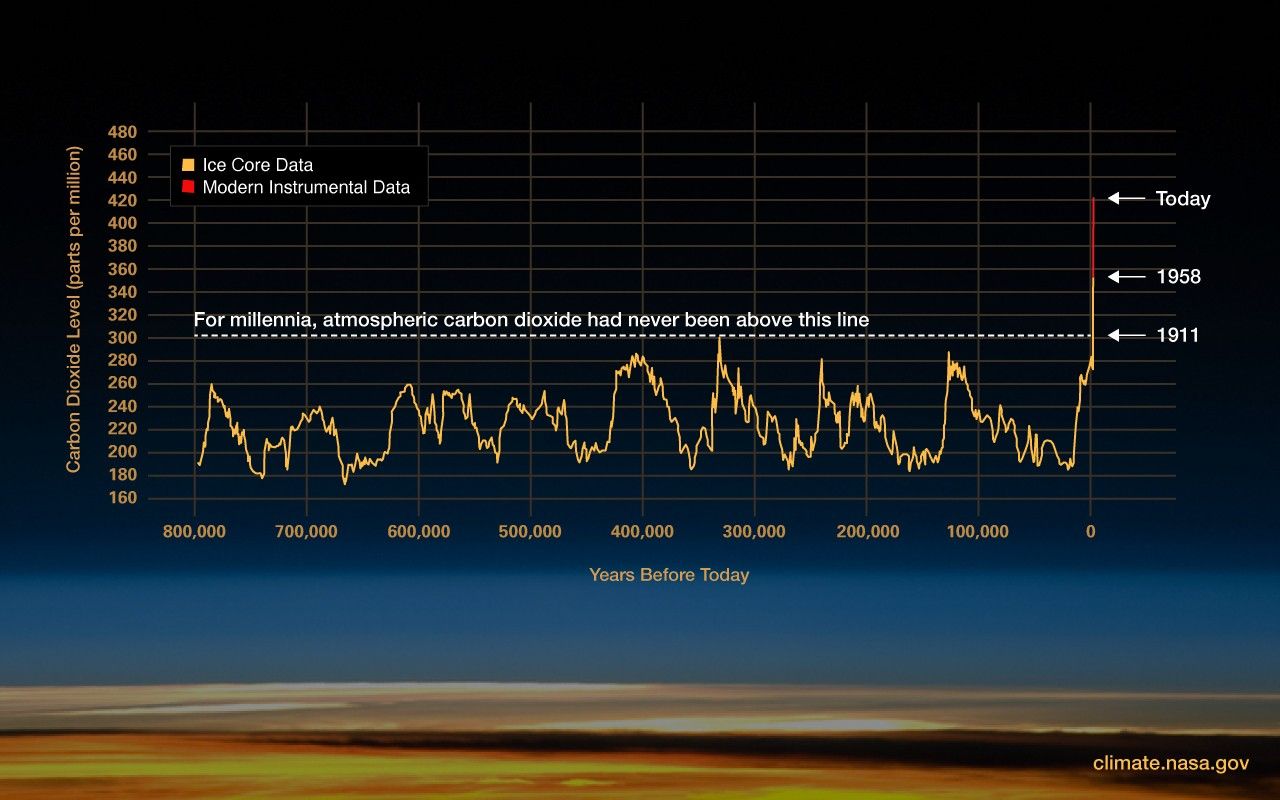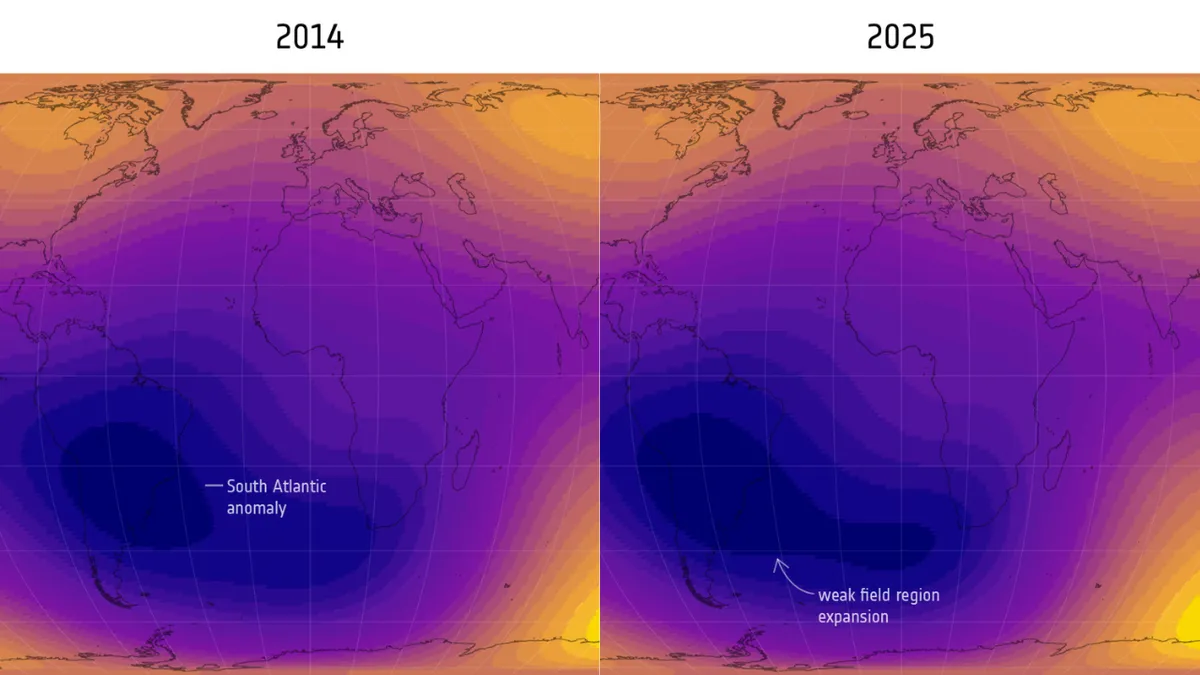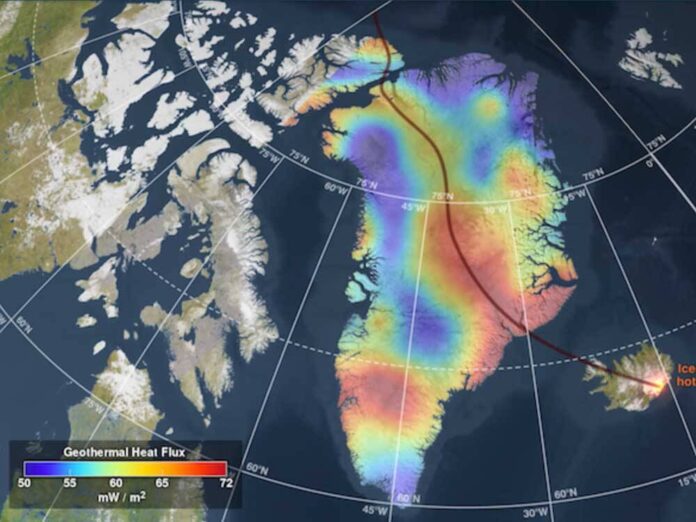The Earth’s interior is far from dormant. Mantle plumes—massive upwellings of hot material from the core-mantle boundary—create localized hotspots that influence everything from volcanic activity to ice sheet dynamics. In polar regions, these plumes contribute to basal melting, where geothermal heat flux thaws ice from underneath, lubricating glaciers and accelerating their slide into the ocean. According to NASA/GRACE data, Greenland lost an average of 279 billion tons of ice per year between 1993 and 2019, while Antarctica shed 148 billion tons annually over the same period [2].

Recent studies, such as Weerdesteijn et al. (2024), highlight extreme heat fluxes up to 970 mW/m² beneath the Northeast Greenland Ice Stream (NEGIS), far exceeding the typical continental average of 60 mW/m² [1]. This internal heating, combined with atmospheric warming, poses a dual threat to sea-level stability. As of October 2025, new seismic and satellite advancements are refining our understanding, but debates persist over the relative roles of geothermal versus anthropogenic factors. This section overviews the mechanisms and sets the stage for deeper analysis.
Mantle Plumes: The Underground Engines of Heat
Mantle plumes originate deep within Earth, rising through the mantle to deliver elevated geothermal heat flux to the surface. In Greenland, a plume linked to the Iceland hotspot has been active for about 3 million years, causing thinner lithosphere and higher heat flow [G2]. Research from 2020 shows this plume branches into the lower mantle, feeding thermal activities in Iceland and Jan Mayen, with local fluxes driving basal melt rates of 21.4 Gt/year [G4]. Under NEGIS, fluxes reach 970 mW/m², accelerating glacier speeds and explaining uplift rates over 12 mm/year in southeast Greenland [1].

In Antarctica, mantle plumes beneath West Antarctica produce heat fluxes of 150–180 mW/m², sufficient for basal melting but milder than Yellowstone’s 200 mW/m² [8]. A 2022 ScienceDirect study notes this enhances ice loss, with hidden heat sources filling subglacial lakes [G1]. Iceland’s plume, on the Mid-Atlantic Ridge, exemplifies regional impacts, influencing Arctic volcanism and indirectly affecting Greenland’s ice [4].

These figures underscore plumes’ role in ice dynamics, but critics argue they are overstated. Some hypotheses, like Earth’s core rotation influencing warming, remain fringe and not widely accepted [5].

Balanced views from experts emphasize integration: “Mantle plumes don’t negate CO₂‑driven warming but amplify it in vulnerable spots,” notes a 2025 Nature Geoscience analysis [6].

Impacts on Polar Ice Melt and Global Consequences
The consequences are stark. In Greenland, high mantle heat thins the lithosphere, enabling complex interplay with surface melt and leading to faster ice flow [G3]. A 2013 study estimated this internal heat contributes to melting even from below, with recent models showing increases of 2.9 Gt in basal melt during the 2000s [G11]. Antarctica faces similar issues; a 2021 study linked plumes to accelerated isostatic rebound and glacier instability [G13].
Social media discussions reflect public alarm over “doomsday” scenarios like Thwaites Glacier collapse, but scientists stress data-driven views [G15]. One insight: plume amplification could underestimate sea‑level rise by 10–20 % in models ignoring geothermal variability. Viewpoints vary; skeptics on social media question if natural heating overshadows human causes, while researchers at UT Austin (2025) point to mantle “dripping” as evidence of dynamic ongoing processes [8].
Objectively, while plumes are natural, their interaction with climate change creates feedback loops: warmer oceans infiltrate subglacial areas, enhanced by plume heat, hastening melt [G7].
Technological Advances and Modeling Breakthroughs
Advancements are key to understanding. Satellite gravity measurements via GRACE‑FO and GNSS monitoring detect ice loss and uplift precisely [2]. Machine learning analyzes seismic data, revealing a new mantle transition zone at 1050 km depth that affects convection and heat flow [7].

Geophysical modeling integrates seismic, gravity, and heat data to characterize plumes [8]. These tools enable better predictions. For instance, 2025 MIT research on “lost world” mantle traces suggests complex dynamics influencing localized heating [1]. Solutions under study include AI‑driven plume mapping to forecast migrations and risks. International efforts, like the British Antarctic Survey, push for enhanced monitoring despite funding cuts noted in 2025 NSIDC reports [G7].
Balanced Viewpoints and Constructive Perspectives
Debates abound. Proponents of geothermal dominance cite studies showing plumes as primary melt drivers in spots like NEGIS [1]. Others, per NASA, argue atmospheric warming dominates, with internal heat as a secondary factor [2]. A balanced take: “Geothermal anomalies must be factored into models for accuracy,” says a 2024 Weerdesteijn study [1].
Constructive solutions focus on integration. Researchers advocate holistic Earth system models combining geophysical and climate data [6]. Policy‑wise, polar treaties could mandate geothermal monitoring. Emerging tech like advanced radar for subglacial mapping offers hope, potentially identifying at‑risk areas early [G4]. Public awareness, amplified on social media, drives funding for interdisciplinary research [G18].
This synthesis shows that Earth’s interior is producing localized anomalous heat fluxes due to mantle plumes, particularly beneath polar ice sheets (Antarctica, Greenland, Iceland). These geothermal anomalies accelerate basal ice melting, influence glacier dynamics, and cause crustal uplift, necessitating their inclusion in climate and ice sheet models for accurate predictions. Recent advances in satellite geodesy, seismic imaging, and geophysical modeling have been crucial in detecting and quantifying these effects, providing new insights into Earth’s internal thermal state as of 2024-2025.


